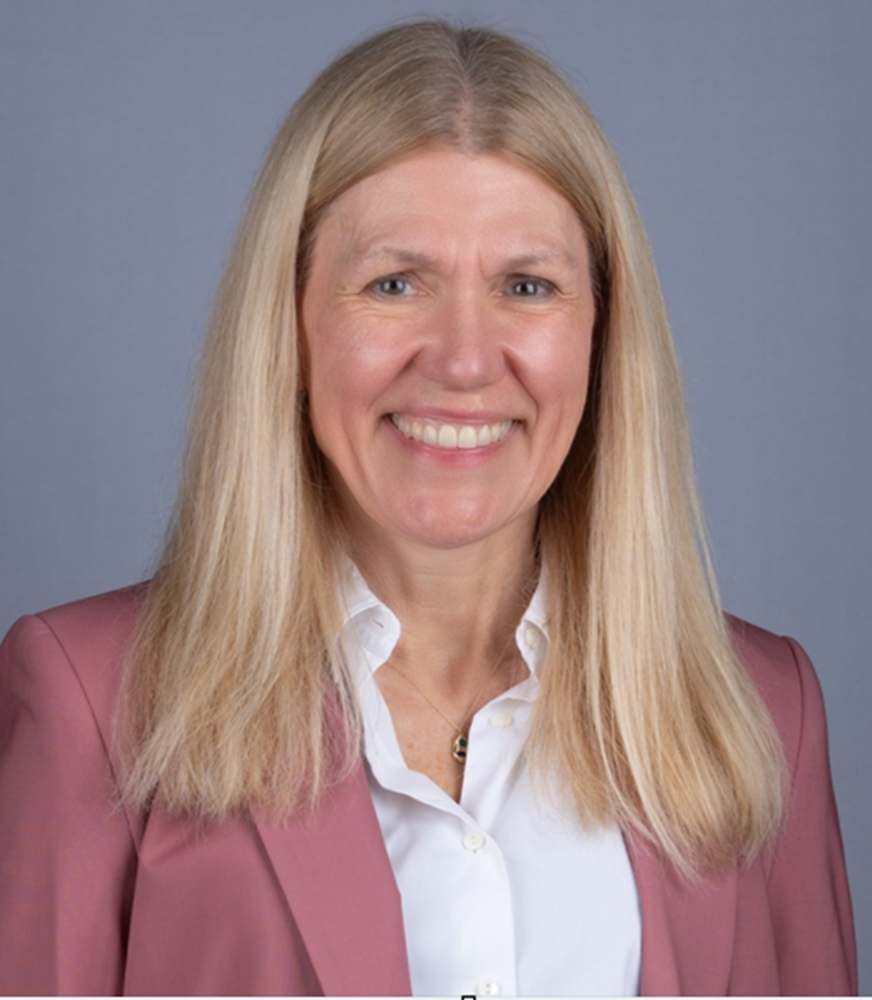Women who fall outside of recognized national breast cancer screening guidelines in Canada are more likely to face more intensive treatments and/or death from the disease because of a reliance on symptom detection over screening mammograms, new research has found.
The study from the University of Ottawa and The Ottawa Hospital (TOH) found females under the age of 49 and those over 75 had significantly higher mortality rates and advanced stages of illness due to the nature of their cancer diagnosis. The significant association between the method of detection of breast cancers and the stage of breast cancer led to alarming results for these patients outside the guideline norms.
“What is most surprising is how many people died within the short period after their breast cancer was detected,” explains study lead author Dr. Jean Seely, Head of Breast Imaging at TOH and professor of radiology at uOttawa. “That 50 percent of cancers were detected because of symptoms was also much higher than expected.”
Published in Radiology: Cancer Imaging, this retrospective observational analysis found deaths occurred in 14.5 percent of patients with screen-detected cancers compared to 21.7 percent of patients with symptom-detected cancers. Breast cancer-related deaths occurred more frequently among younger patients, with proportions of 91.7 percent in the 40–49-year age group and 39.6% in the 75+ year age group.
“Within almost seven years of follow-up, almost 20 percent patients had died, half of them from breast cancer. The patients whose breast cancers were detected because of symptoms had a 63 percent higher likelihood of dying from breast cancer than those who had no symptoms and detected by screening, including women in their 40s and those 75 years and older,” says Dr. Seely whose previous research has pointed to rising rates of breast cancer in younger women.

“Costs are often cited as a determining factor in not screening at an earlier age. But this rationale is erroneous since these costs are lower compared to treating breast cancer at advanced stages.”
Dr. Jean Seely
— Head of Breast Imaging at TOH and professor of radiology, Faculty of Medicine
Screening in the age groups on the fringes of national guidelines – which does occur in some provinces but not in the national CTFPHC guidelines – would likely improve outcomes for breast cancer, including reducing the number of deaths from breast cancer.
“Costs are often cited as a determining factor in not screening at an earlier age. But this rationale is erroneous since these costs are lower compared to treating breast cancer at advanced stages. There is more value in earlier screening with these organized programs confirming higher detection rates of early-stage breast cancer and potential for reducing anormal recalls, the so-called false-positives,” says Dr. Seely, who has long documented the benefits of early detection with screening for women in their forties.
“The strong correlation of the method of detection with 63 percent higher breast cancer mortality, 6.6 times higher likelihood of advanced breast cancer, and more intensive chemotherapy and surgical treatment reinforce the positive impact of diagnosing breast cancer with screening, rather than waiting for symptoms to develop.”
She points that it can be especially dangerous for those over 75, who may require more intensive, expensive therapy for treating advanced breast cancer.
“Assessing the Impact of Method of Breast Cancer Detection in Individuals Aged 40 Years or Older.” https://doi.org/10.1148/rycan.240046.
Media: Interviews available with Dr. Seely; and a breast cancer survivor aged 75+ to offer patient perspective. Please contact: [email protected]
